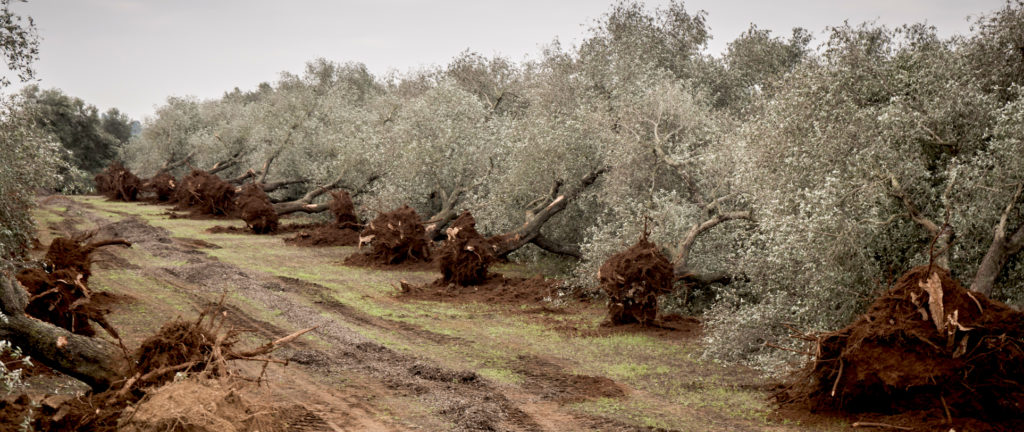Making a meal of the olive fruit fly
Karen sime holds out a glass vial. Inside, dozens of Psyttalia ponerophaga, delicate, amber-colored wasps from Pakistan, float in alcohol. Each is only the size of this capital M, but powerful solutions come in small packages. Sime, a researcher in environmental science, believes P. ponerophaga could help safeguard the California olive industry.
For nearly a decade, California’s olive industry (grossing up to $102 million per year) has been menaced by the persistent Mediterranean olive fruit fly, which uses olives as an edible maggot nursery, thereby destroying the fruit. A single rotten olive can lead to a grower’s entire crop of table olives being rejected by processors (unlike with olives pressed for oil). In Northern California, table olive production in Glenn and Tehama counties has been set back five years and olives from Butte County are unusable, says Christi Darling of the California Olive Committee.
The adult olive fruit fly’s appearance matches its reputation: Beside P. ponerophaga, it looks like a chunky, overgrown, black-and-brown bully. As many as ten fruit flies may lay eggs inside one olive; the resulting larvae feed off their home, destroying the fruit and reducing crop yields. So how does the delicate wasp keep the hefty fly in check? Through some still-undetermined sensing technique, the female wasp finds a maggot-infested olive and injects an egg through the fruit and into the unsuspecting maggot. When the maggot forms a cocoon to transition into adulthood, the imbedded wasp larva performs a little magic trick. The wasp hatches and eats its way out of the white pupa, killing the fruit fly “before it ever has a chance to reach adulthood,” Sime says.
Under USDA approval, P. ponerophaga is one of several parasitic wasp species being field-tested in olive orchards. “One species could certainly do the job,” Sime admits. “The problem is that at this point we don’t know which species will work well here. Some may adapt better than others to the California climate.” Sime’s confidence in P. ponerophaga and its kin is a shot in the arm for the devastated table olive industry. “I think anything we can look at and perfect has some promise,” says Adin Hester, president of the California Olive Growers Council.




















